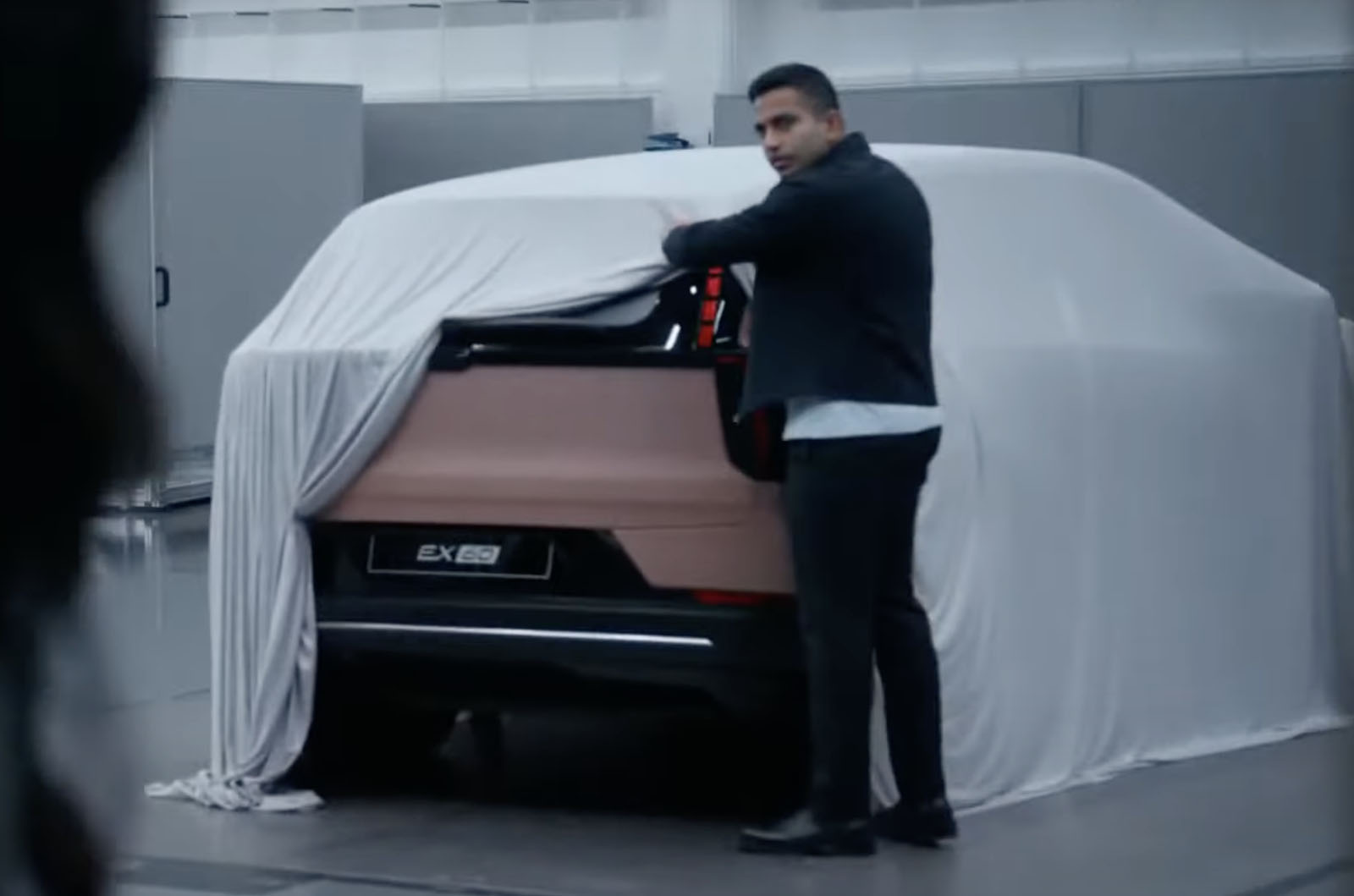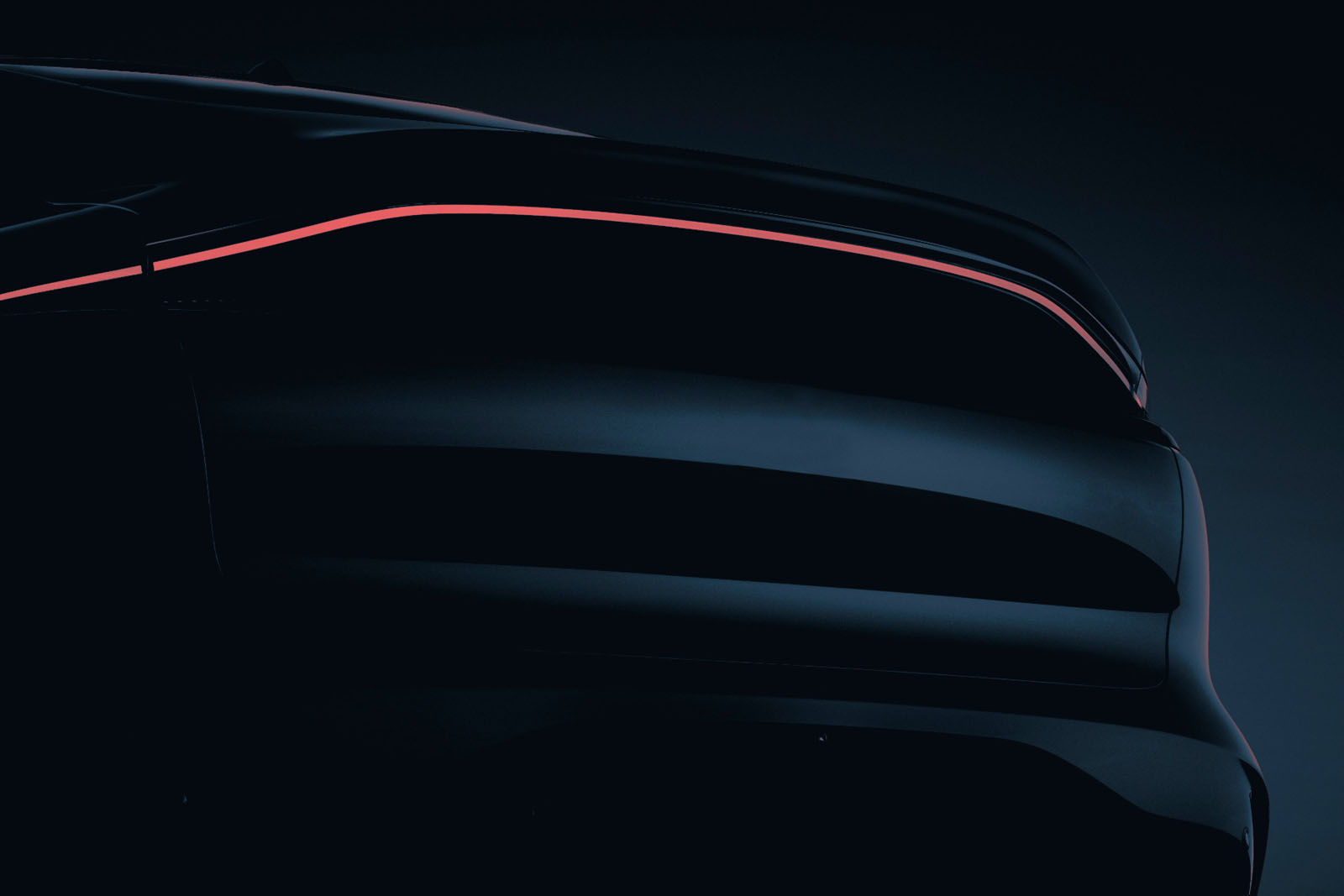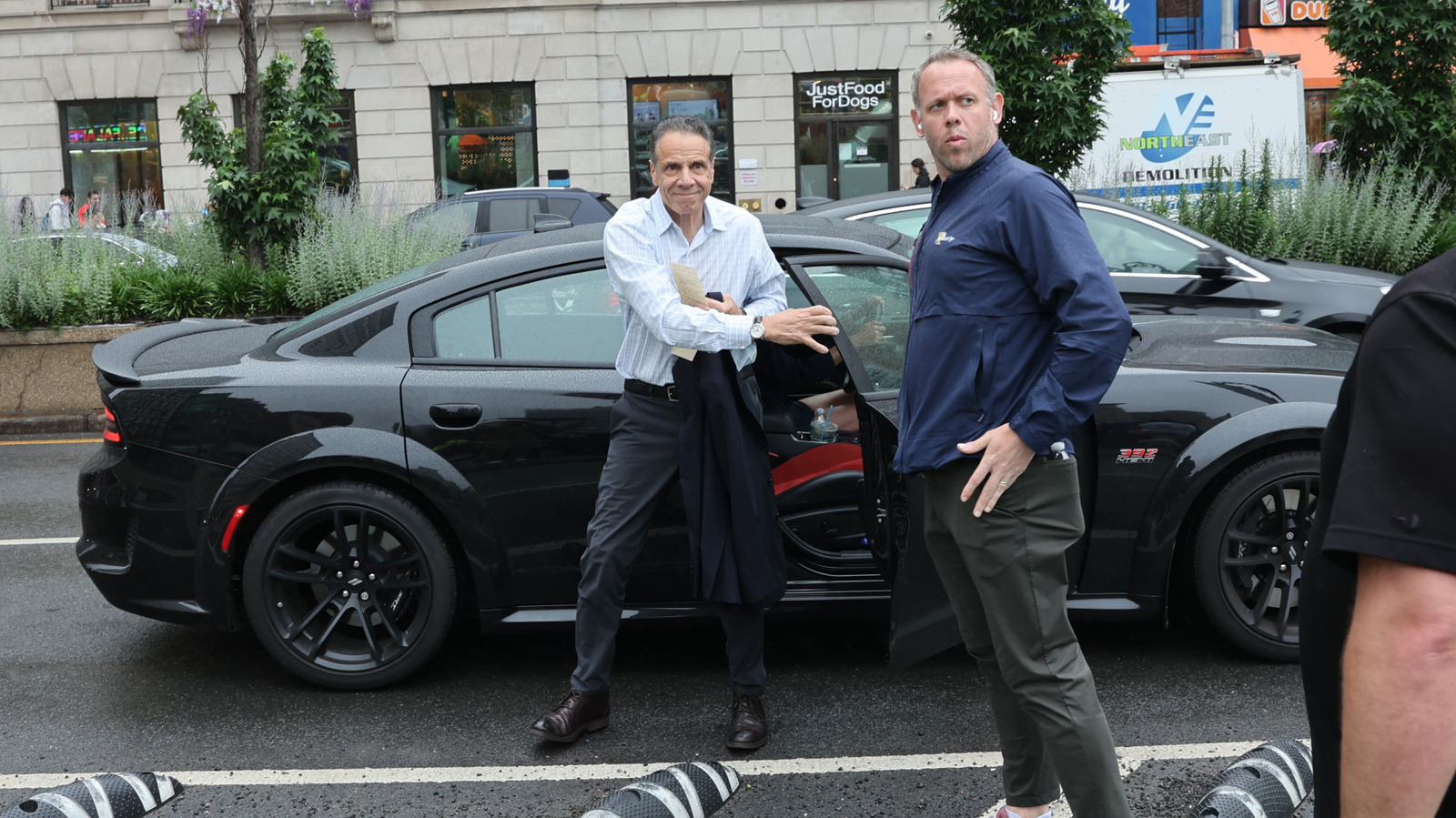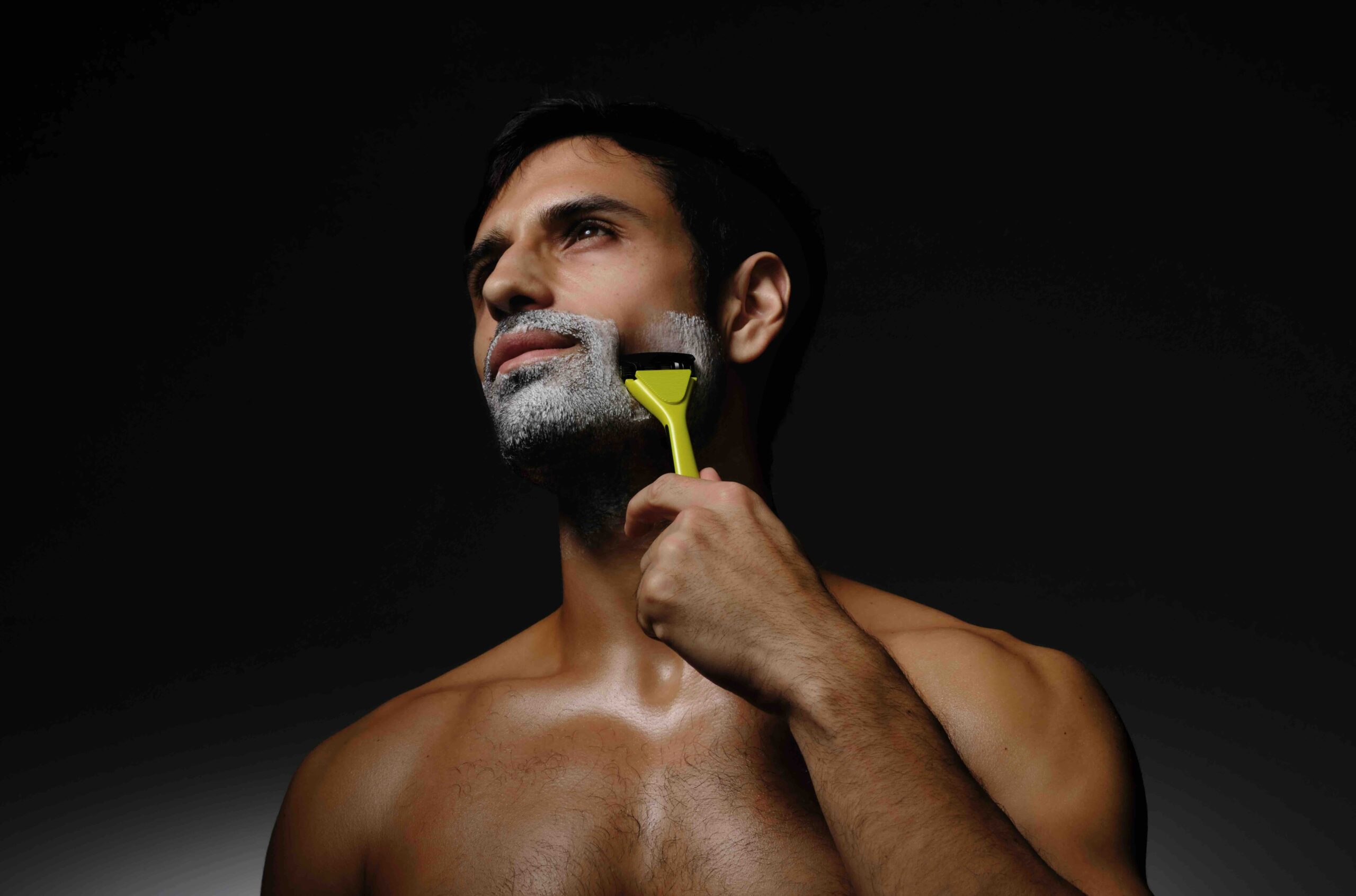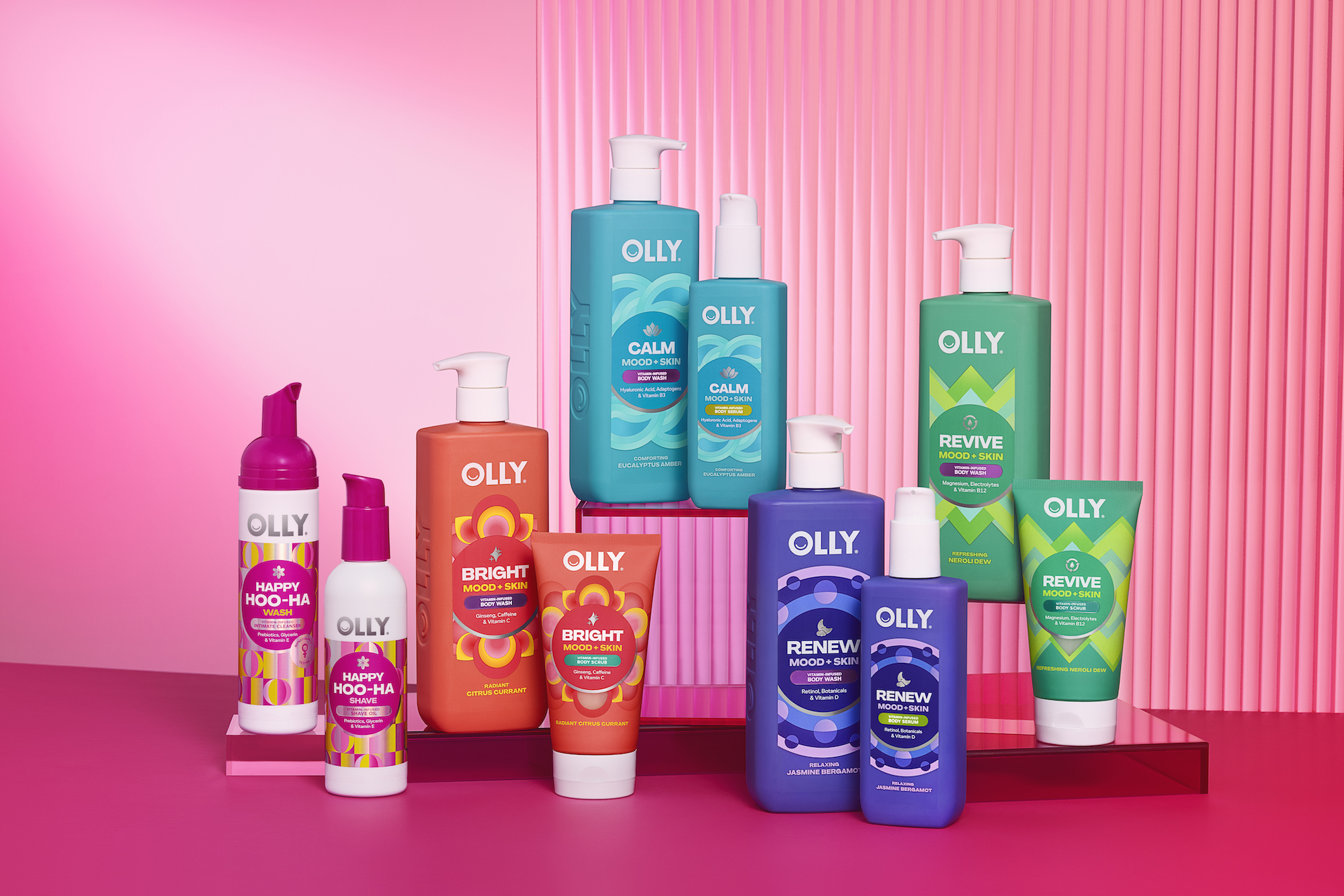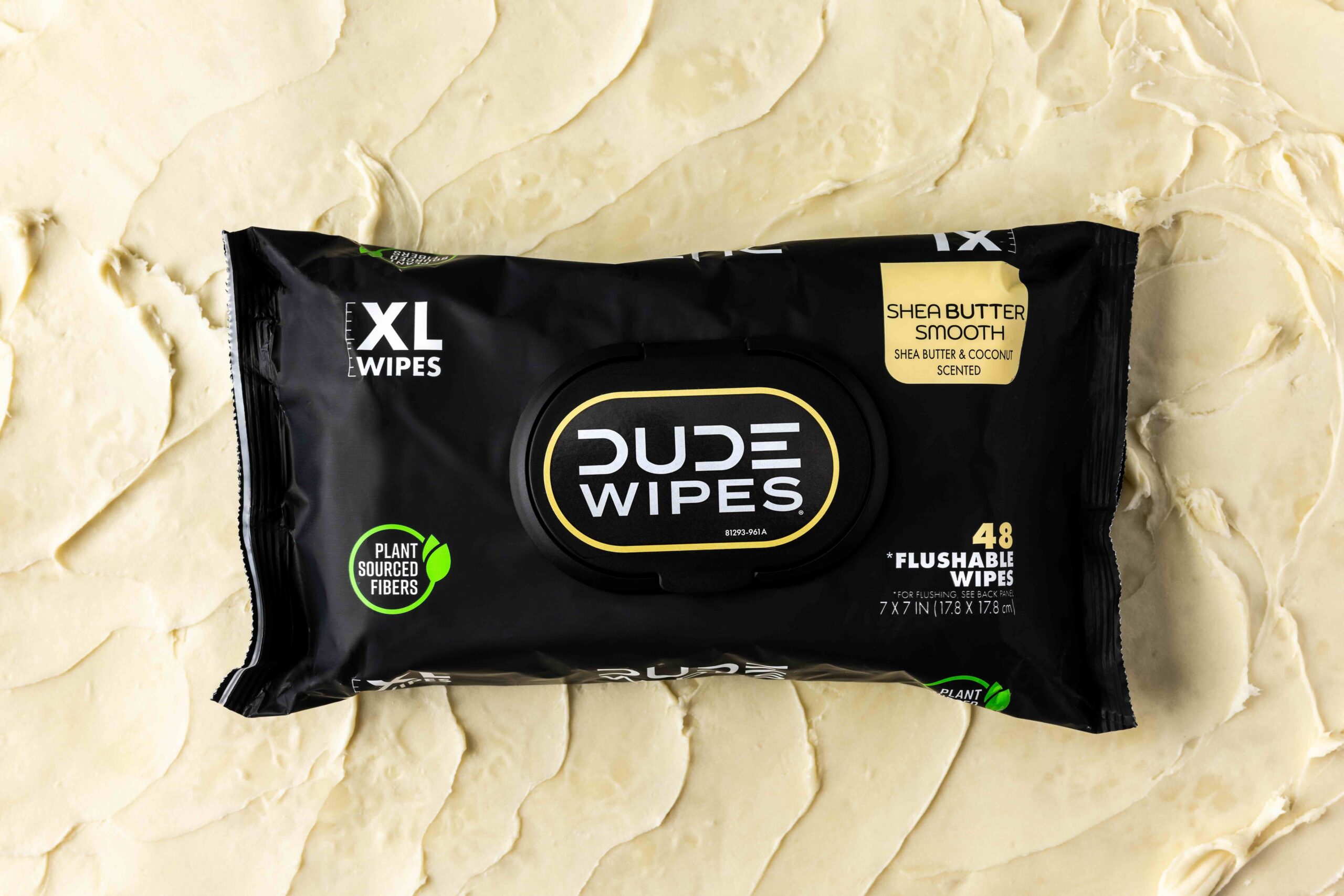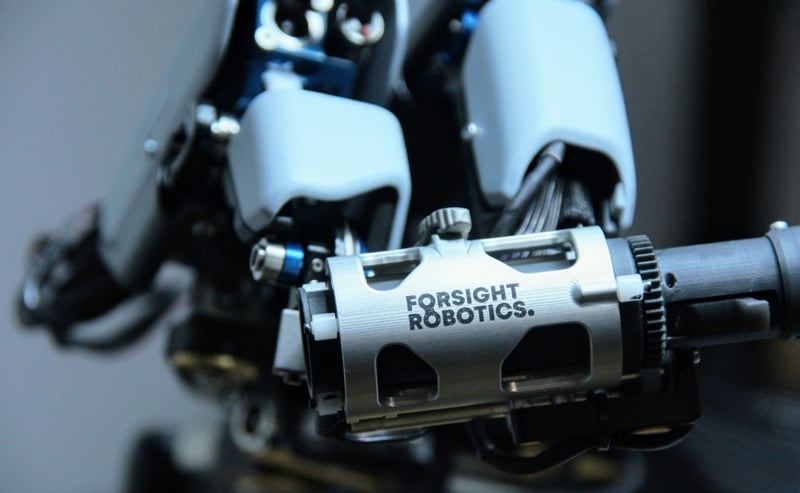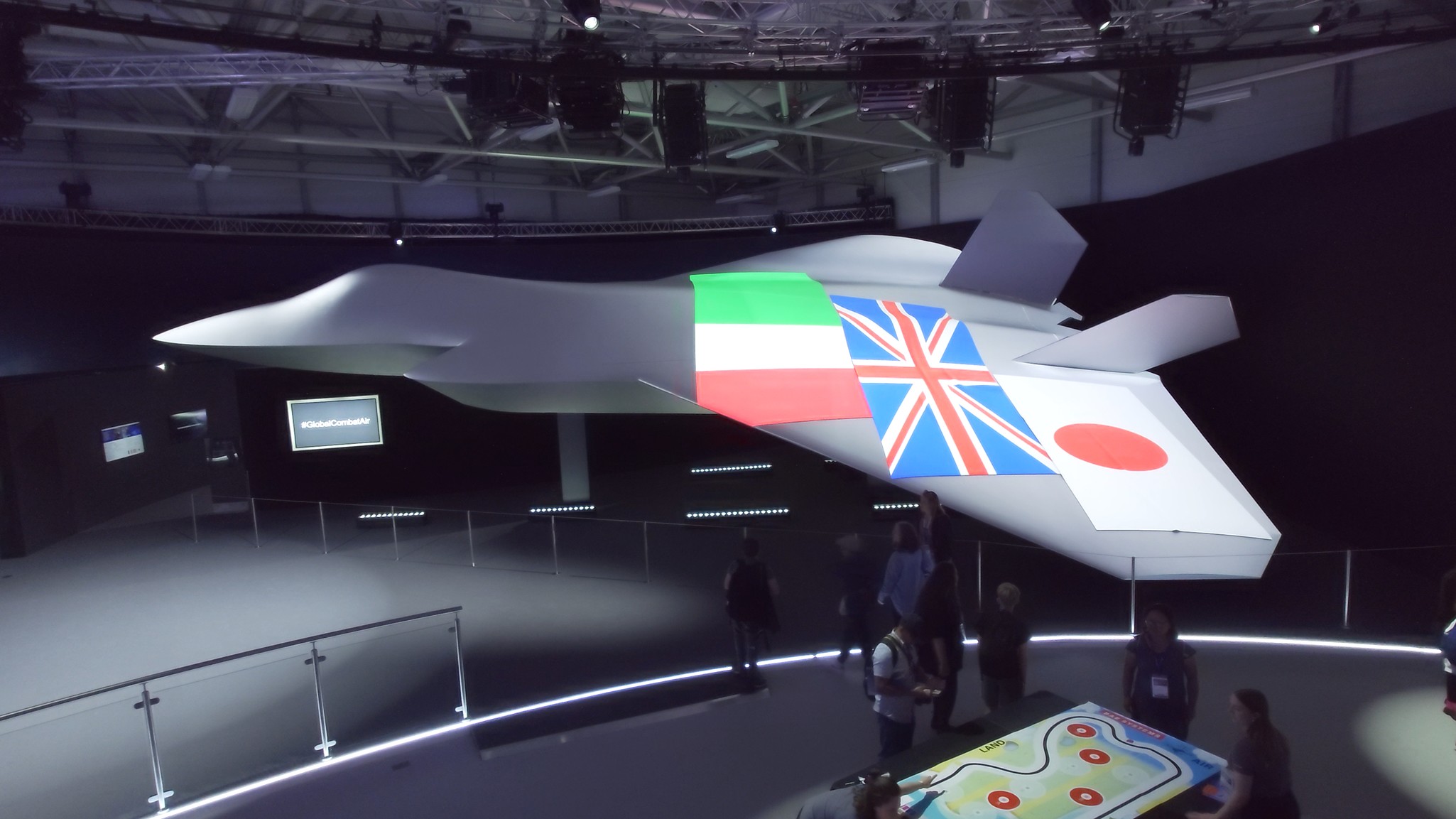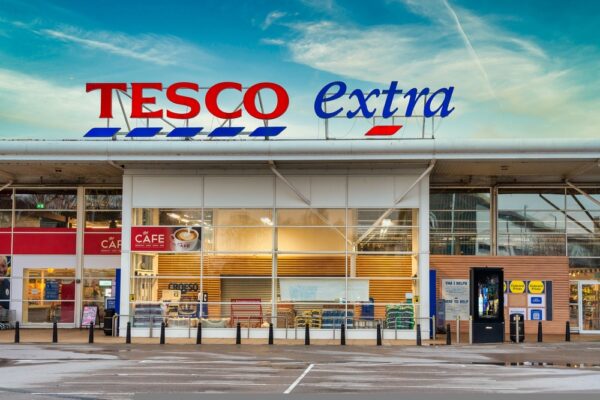The psychology behind the purchase: Rethinking personalisation in retail
In today’s high-pressure retail environment, personalisation has become one of the most overused, yet least understood, buzzwords. It’s often equated with algorithms or automated emails. But at its core, personalisation is a human discipline; it’s about understanding people: their motivations, habits, and decision-making moments. That’s where real impact begins. Throughout my career spanning commercial leadership...

In today’s high-pressure retail environment, personalisation has become one of the most overused, yet least understood, buzzwords. It’s often equated with algorithms or automated emails. But at its core, personalisation is a human discipline; it’s about understanding people: their motivations, habits, and decision-making moments. That’s where real impact begins.
Throughout my career spanning commercial leadership roles at Danone, Birdseye, and Sainsbury’s Nectar 360, I’ve always been driven by one question: Why do people choose what they do, whether that’s in a store or in the workplace? That curiosity led me to retrain in organisational psychology and eventually to Catalina UK, where I now lead a team focused on building meaningful connections between brands and shoppers.
at Danone, Birdseye, and Sainsbury’s Nectar 360, I’ve always been driven by one question: Why do people choose what they do, whether that’s in a store or in the workplace? That curiosity led me to retrain in organisational psychology and eventually to Catalina UK, where I now lead a team focused on building meaningful connections between brands and shoppers.
Catalina has been at the forefront of personalised retail marketing for over four decades. We pioneered the first in-store targeted coupons long before ‘personalisation’ became a marketing cliché.
But today, relevance isn’t earned by being the first. It’s earned by evolving, adapting, and listening. The retail landscape has changed dramatically. Shoppers are bombarded with options, squeezed by cost-of-living pressures, and fatigued by digital noise. Generic promotions no longer cut through. Consumers expect experiences that are timely, relevant, and considerate of their individual needs.
That’s why we focus on what I call precision empathy: combining data, behavioural science, and real-world context to deliver messages that resonate. It’s not just about knowing who the shopper is; it’s about understanding when, where, and how to speak to them. And most importantly, why they might listen.
Catalina campaigns today are fully omnichannel, blending the psychological effectiveness of in-store triggers with the reach and speed of digital platforms.
Print isn’t outdated – it’s underestimated.
Our Colour Coupons, for example, achieve up to four times the redemption rate of standard black-and-white ones. That’s because colour taps into the subconscious, triggering urgency, trust, or delight in milliseconds. It’s behavioural design in action.
This isn’t a print-versus-digital debate. The future of retail engagement is print and digital. Not all shoppers are digitally connected. In fact, some of the most vulnerable and underserved segments, older consumers and lower-income families, are the ones most likely to benefit from timely, tangible offers. That’s why we believe true inclusivity means offering engagement that meets everyone where they are.
Take our work during the pandemic. One of the UK’s leading grocers asked us to support the NHS Healthy Start scheme. Using real-time eligibility data, we delivered £2 fruit and veg top-up coupons to low-income families. The result was a 13-portion increase in produce per basket, sustained behavioural change, and the highest redemption rates in the UK’s most disadvantaged areas. For me, that’s personalisation with purpose; data not just used to sell, but to serve.
Our technology is powerful, but what makes it meaningful is the insight behind it. On average, our campaigns deliver 18% redemption and a 47:1 sales-to-cost ratio. In some cases, returns are even higher than the average 10:1. But beyond the numbers, we’re helping brands shift from transactional engagement to emotional connection.
What we’re seeing, and what I’m most excited to lead, is a broader transformation in how retailers think about value. It’s no longer just about price; it’s about relevance, trust, and timing. Shoppers are telling us, with every basket and barcode, that they want to be seen, not targeted.
As we look to the future, Catalina UK is investing in even smarter, more human engagement. AI and predictive modelling will continue to play a role, but it will be anchored in delivering empathetic intelligence through every communication. The challenge for brands and retailers isn’t just to be more data-driven. It’s to be more human-driven.
I believe great marketing starts with listening, not broadcasting. If we want to earn attention, we must first earn understanding. And if you’re ready to rethink how your brand connects with shoppers online or in-store, I’d love to have that conversation.
Written by Huma Khan, UK Country Leader, Catalina UK
Click here to sign up to Retail Gazette‘s free daily email newsletter












